Source: CCTV Finance (ID: cctvyscj), Practical Life Tips (ID: jueqiao88)
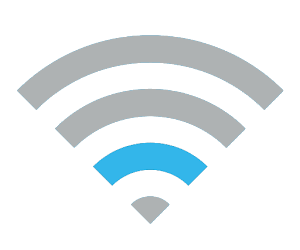
The reason why WiFi speeds do not meet expectations is related to these six factors.
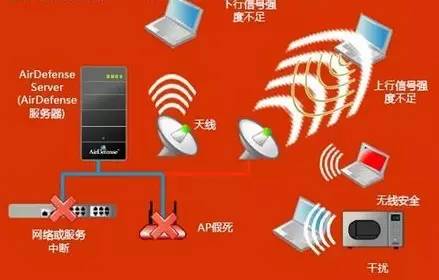
1. WiFi Signal Congestion
When users connect to the internet via WiFi, it is similar to tuning into a radio station, using a fixed frequency wireless band. Therefore, the number of similar signal transmission and reception devices in the surrounding area greatly affects the WiFi experience. “If you live in a central apartment building in the city, and there are hundreds of wireless networks in that building, the WiFi environment will be very poor.”

Even if your phone shows full WiFi signal bars, the actual WiFi signal may still be very slow. Devices such as smartphones, cordless phones, microwaves, and Bluetooth devices can all affect WiFi signal quality.
2. WiFi Data Latency
The WiFi connection method tends to produce more data latency compared to other methods. Moreover, many people using the same WiFi channel simultaneously can greatly affect the WiFi signal strength.
Additionally, if you are in an area with strong network signals, your router will continuously search for the best network channel, which can also cause network latency.

3. Inherent Limitations
No matter how much WiFi technology improves in the future, wireless connections will still struggle to surpass the existing wired internet access model. WiFi will not completely replace wired internet connections; it is merely a more convenient networking solution.
4. Background Processes
If WiFi speed remains unsatisfactory after ruling out all the above factors, check if your software is automatically syncing data and photos, as this can impact your WiFi speed. Many users might not even remember the existence of these applications since they often run silently in the background.
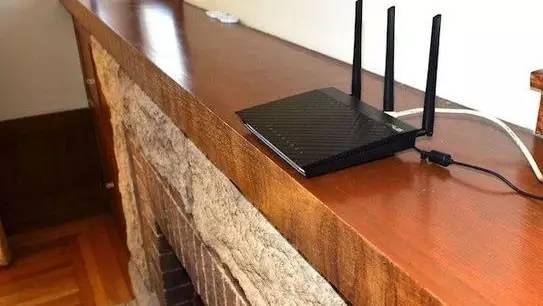
5. Router Placement
The placement of your wireless router also affects signal strength. For example, if you place the router next to a concrete wall, its signal strength will be significantly reduced. Ideally, the best placement for a router is in the center of the room on the ceiling (of course, many consumers do not have such conditions).
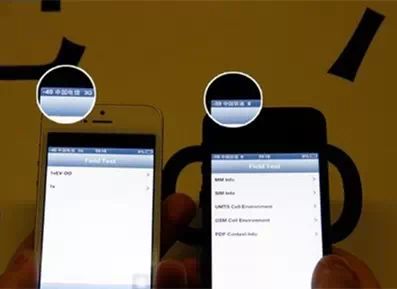
6. Device Variability
If your iPhone 4 WiFi connection speed is slower than that of an iPhone 7, do not be surprised, as WiFi connection speed is also greatly affected by the information processing speed of the connected device.
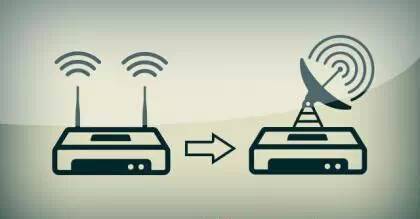
1. Upgrade your router to one that supports dual-band frequencies of 2.4GHz and 5GHz. However, it’s important to note that the 5GHz frequency has poorer wall penetration capability than 2.4GHz, and many older devices do not support this WiFi frequency.
2. Use a channel scanner to check the WiFi channel usage in your area and choose a less congested channel.
3. If you have an idle wireless router, consider using it to extend or amplify the indoor WiFi signal strength.
4. If your router has different power usage options such as high power and low power, low power usage typically provides better WiFi signal strength.
Edited by: Tian Feng, Hu Chengyuan Intern: Zhao Tianshu
If you find this helpful, please like it↓↓↓